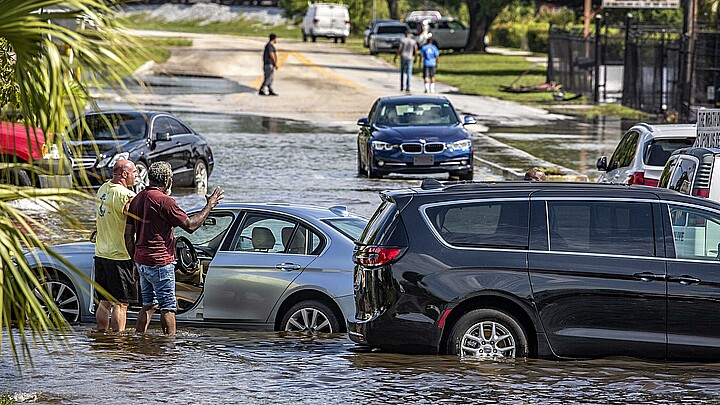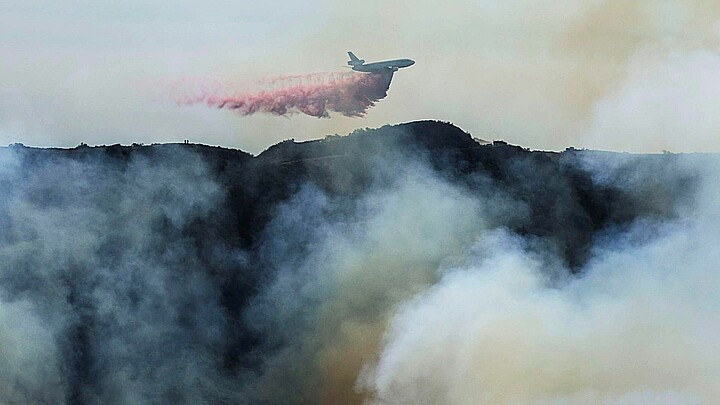Climate
After slamming Florida, Hurricane Ian causes flooding and power outages in the Carolinas
Hurricane Ian has been one of the most powerful Hurricanes to hit the mainland U.S. in recent times
September 30, 2022 8:22pm
Updated: September 30, 2022 8:23pm
After causing severe damage in Florida, Hurricane Ian moved on to the Carolinas on Friday afternoon, leaving behind flooding and power outages in the states.
While Hurricane Ian has lost strength after making landfall on South Carolina, early reports suggest that the state has also seen damage from the storm.
“There is damage, but we will dig out of this as we always do,” said Mark Stevens, director of tourism for Georgetown County, an area where Ian made landfall. “We’re accustomed to hurricane season and what water can bring.”
Some of the most impacted areas were Pawleys Island, a town on a barrier island just off of Georgetown. The town’s pier collapsed into the storm and was spotted “floating south” in the Atlantic. Additionally, the “flooding has been catastrophic,” according to its police department.
Someone's dock is blocking the N Causeway in front of town hall. pic.twitter.com/ZLucdVruyu
— Pawleys Island PD (@PawleysIslandPD) September 30, 2022
According to the director of emergency services for Georgetown county, at least six people had to be rescued from the floodwaters after roads and homes were almost submerged underwater. Other areas that have been affected with flooding include Charlotte and Myrtle Beach.
More than 147,000 customers in South Carolina were left without power, along with 284,000 in Carolina, according to PowerOutage.us.
Residents & pets at a residence on 300 block of Myrtle Ave needed to be rescued by Midway FD via their high water vehicle. Everyone is ok but a scary situation. pic.twitter.com/J8B77Rxd8f
— Pawleys Island PD (@PawleysIslandPD) September 30, 2022
Jamie Rhome, the acting director of the National Hurricane Center said that the storm might surge and bring about tropical storm-force winds as it moved along the coast on Saturday.
“Things are going to go downhill really quickly in the next few hours,” he said, adding that there was still potential a “high risk of flooding.”
#Ian - now referred to as Post-Tropical Cyclone Ian - will continue to bring heavy rain and potential flash flooding to parts of the North Carolina, South Carolina, Virginia and West Virginia through at least tomorrow morning.
— National Weather Service (@NWS) September 30, 2022
Visit https://t.co/VyWINDBEpn for the latest. pic.twitter.com/gpSlL7rBjK
Hurricane Ian has been one of the most powerful Hurricanes to hit the mainland U.S. in recent times. So far, at least 17 people have died from the storm in the U.S., although officials are warning that the death toll might be higher. In Florida, at least 1.7 million residents were left without power.










